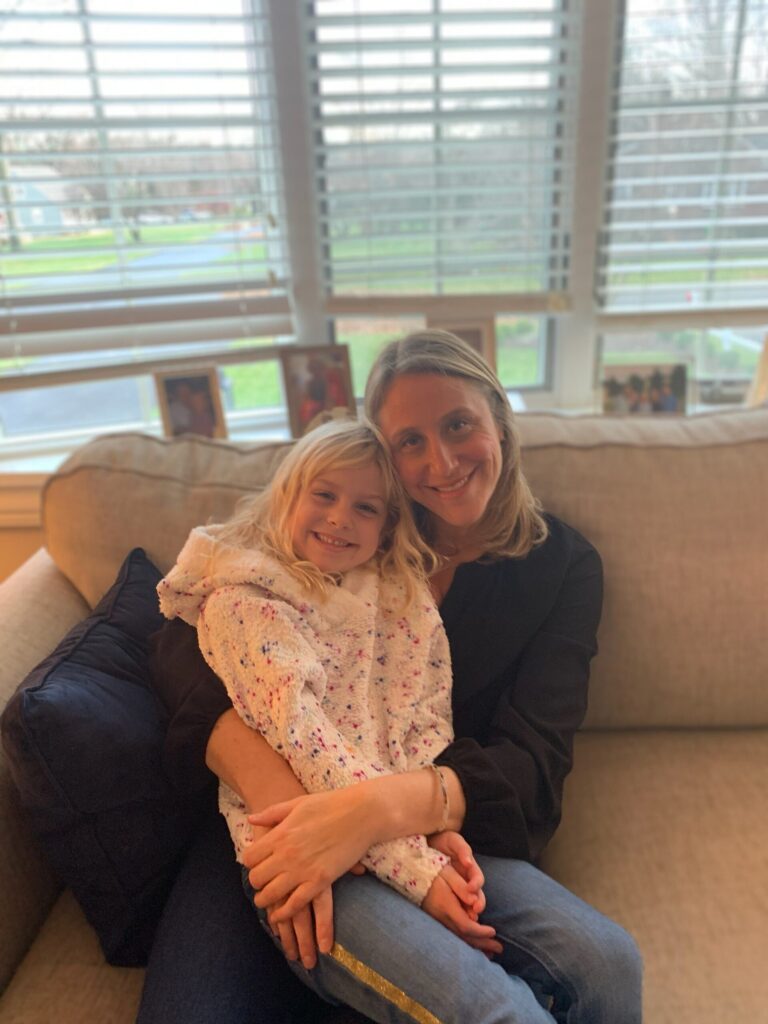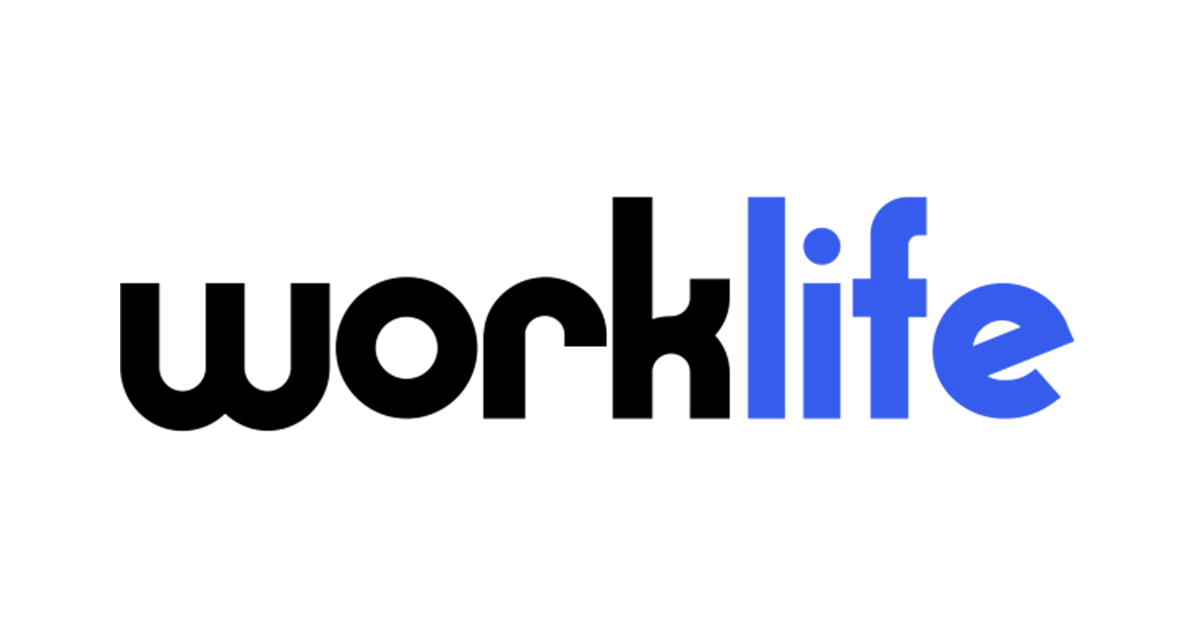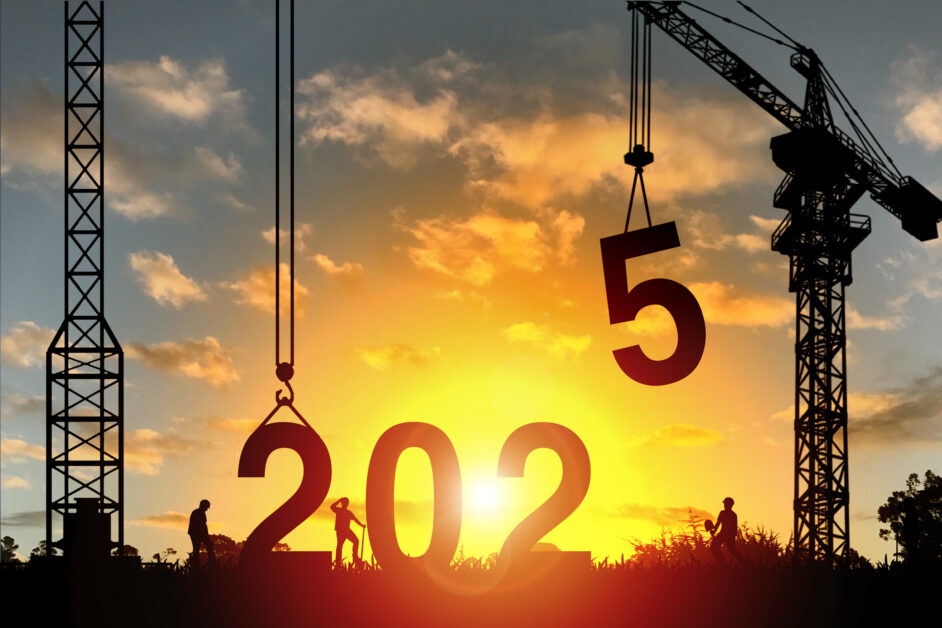You know I like analogies and metaphors. We’ve talked about how employee relations is like cooking, riding a Peloton® bike and even heart surgery. (The last one is particularly close to my – sorry! – heart because I so strongly believe in the right specialist for the diagnosis. Read why employee relations requires a specialized approach.)
Today, I’m sharing some lessons from something I thought I’d never talk about – painting. Now, I love to bake, and I do ride my exercise bike (occasionally), but paint? No way. But I had my
thought processes changed a couple weeks ago when we had a working artist visit our HR Acuity team meeting.
For context, HR Acuity started having weekly “fun” virtual teaming meetings during the pandemic. Our goal was to keep connected in an informal, non-work-related environment and sometimes learning something along the way. We’ve done yoga, played HR Acuity Jeopardy, learned about Myers Briggs testing, named chickens (really! Cluck Norris!) and so much more.
Painting, though… hmmm. That is so far out of my wheelhouse. Our visiting artist, Susan O’Reilly, paints in oil and exhibits regularly in Philadelphia. She showed us her work and then gave us a 10-minute demonstration on how to start a painting. We watched in fascination as she swooped dark and light paint with brushes and paper towels and a vase emerged. It was astonishing!
Much as I can’t see myself doing it, I was inspired and I will try – and more important, I thought of how much painting is actually like Employee Relations. Here are five lessons I learned in the (virtual) studio.
1) The hardest part is getting started.
You thought I was going to start with “It takes practice,” right? Well, as we watched Susan paint, that was obvious. She was a master, and that’s true of Employee Relations and HR too. We don’t become experts overnight, and sharing thought leadership and best practices with each other and practicing our craft (because it is one) helps us improve.
But my real learning was the importance of starting. I was impressed as Susan took large globs of brown paint and quickly splashed them on the plain white paper. “It doesn’t have to look great,” she told us. “Just start. You can always fix it. Your vision will emerge.”
I thought how true that is for Employee Relations, too – the importance of just starting. For example:
- When acting against racism and bias. Making a difference in diversity and inclusion is a great example of where ER and HR must have a bias for action. The first step is benchmarking where you stand – and then go. Get started.
- During the pandemic. There was no luxury of planning. Employee Relations teams worked through what was thrown at us, and we adapted, from handling remote work to managing new types of accommodation and discrimination to serving as the voice to an anxious workforce. Of course, we leant on our best practices and processes, but we just started.
When facing challenging conversations. Employees expect transparent experiences – and employee relations must start and own them. We are the arbiters of the employee experience. We can’t avoid or procrastinate.
These are just a few examples. Seeing a painting come to life in less than 10 minutes inspired me. Just start.
2) Get the big picture right first.
I was fascinated as I watched Susan do what I can best describe as “smear” paint expertly with her paint brush. Finally, I understood the meaning of the expression “broad strokes!”She literally broadly stroked in dark colors then wiped away the edges of what was to be our vase. Then she dabbed on lighter colors where the light fell.“This isn’t a perfect vase yet,” she said. “The big picture matters most. You can spend all day on the details. You will never get done and you will lose your vision.”Employee relations: Are we overly focused on the details, or are we making strategic change, like elevating our roles in the organization? Using data to uncover patterns and addressing trouble spots? Building a great employee experience?Of course, details matter. But the strategic frame matters the most. (Thanks Susan!)
3) Experts can help you see differently.
As a point I think I’ve hammered home, I have no confidence I can paint. But after our short class, I feel differently. Why? I learned that painting is about a few motions, seeing light and shadows that I didn’t see before – and just trying. It took seeing through expert eyes to get me there.
In Employee Relations, those experts are often our peers, and the best example I can think of is the Employee Relations Roundtable. A group of 125+ of the top employee relations and HR professionals across the U.S. and now globally, I’ve always been impressed by how the community has shared best practices – but this year, it’s been incredible.
Since the start of COVID-19, the Roundtable has banded together to share learnings, how-tos and basically created a living playbook as we’ve all managed through the crisis.
Check out their advice on the COVID-19 Resources Center. We’ll also be meeting virtually November 12-13. Click here to learn more.
On the topic of seeing, another thing Susan said that struck me: “Paint what you see, not what you know.” So many of us are stuck in our pre-existing patterns. How can we break out and see, really see, differently?
4) It takes the right tools!
Susan started her lesson by saying, “I often use a palette knife to paint on copper instead of a brush…” I stopped her right there.
“What’s a palette knife?”
Of course, you artistic types know – it’s a thick knife used to spread paint. It can also be used to paint. It provides a higher relief effect than a brush.
That made me think about the right tools for employee relations. How many of us are still using spreadsheets to manage employee issues? Or a system not designed for ER?
Don’t use a brush when a palette knife will provide richness and dimension, or water color when oil is called for. And don’t put your organization at risk by jury-rigging a ticket system to deal with employee issues.
5) Sharing your work is the best part.
Finally, we loved seeing Susan’s pride in her work. She obviously was thrilled to share her paintings and give insight into her thought process.
This one may be a stretch, but like art, Employee Relations can be a solitary endeavor. Often, Employee Relations work is confidential, but it’s also important and necessary to build our brands. (Deb brand video.)
Employees crave transparency, and we can communicate as much as we can. Here’s a great example. We recently talked to a client who hosts a blog with examples of anonymous, resolved investigations – identifying details masked – to share the role of ER. Their approach has helped demystify Employee Relations while building a positive perception of what they do. A terrific model!
I’m not sure you’ll ever find me in the studio with a brush – or a palette knife – but I was inspired to think differently. How can you think and see differently about Employee Relations, especially when it comes to today’s world? I’d love to hear from you.
Reach out to me at dmuller@hracuity.com.




